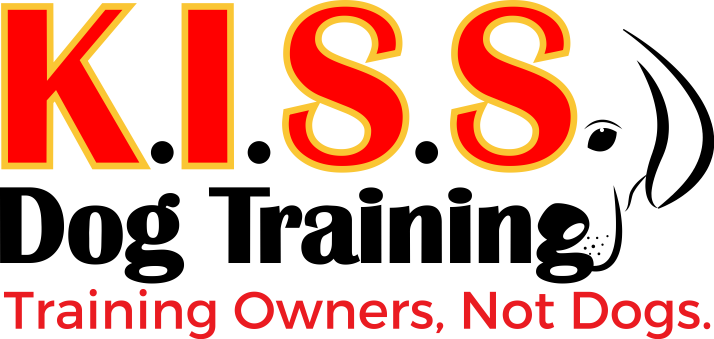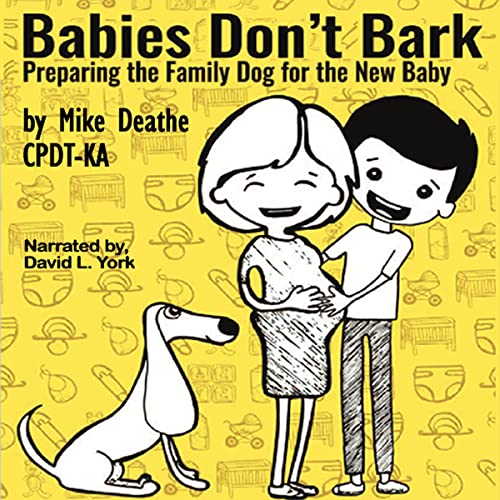Group rallies behind dog that bit boy’s face | azfamily.com Phoenix
General
Okay this is not going to be a popular post. First, there are several questions that were not answered in the article. For example did this dog have a bite history? Why was the bite so severe? How long did the bite incident last? Were the dog and child used to each other? I think these answers to these questions are very important before we can really make a decision…
However with just the information that I have I would lean to the decision euthanizing the dog. I get no satisfaction from that decision or enjoyment but in the end as a dog trainer my first priority safety of society.
Let me be clear the reason this dog will probably be euthanized is because of the complete and total failure of the dogs owner! This owner not only allowed a four-year-old and a dog to play unattended, but she also allowed the dog to have a coveted resource around that child.
However with just the information that I have I would lean to the decision euthanizing the dog. I get no satisfaction from that decision or enjoyment but in the end as a dog trainer my first priority safety of society.
Let me be clear the reason this dog will probably be euthanized is because of the complete and total failure of the dogs owner! This owner not only allowed a four-year-old and a dog to play unattended, but she also allowed the dog to have a coveted resource around that child.
With all that being said let me explain a little bit about dog bite levels… Dr. Ian Dunbar created a bite severity scale. Ever since being introduced to this scale I have used it in determining the severity and prognosis of how to deal with dogs with bite histories… Following is that scale along with explanations of each level along with prognosis for treatment. This information comes directly from the APDT (Association Of Professional Dog Trainers)
Scales 1-6
Level 1. Obnoxious or aggressive behavior but no skin-contact by teeth.
Level 2. Skin-contact by teeth but no skin-puncture. However, may be skin nicks (less than one tenth of an inch deep) and slight bleeding caused by forward or lateral movement of teeth against skin, but no vertical punctures.
Level 3. One to four punctures from a single bite with no puncture deeper than half the length of the dog’s canine teeth. Maybe lacerations in a single direction, caused by victim pulling hand away, owner pulling dog away, or gravity (little dog jumps, bites and drops to floor).
Level 4. One to four punctures from a single bite with at least one puncture deeper than half the length of the dog’s canine teeth. May also have deep bruising around the wound (dog held on for N seconds and bore down) or lacerations in both directions (dog held on and shook its head from side to side).
Level 5. Multiple-bite incident with at least two Level 4 bites or multiple-attack incident with at least one Level 4 bite in each.
Level 6. Victim dead.
Prognosis
Levels 1 and 2 comprise well over 99% of dog incidents. The dog is certainly not dangerous and more likely to be
fearful, rambunctious, or out of control. Wonderful prognosis. Quickly resolve the problem with basic training (control) —
especially oodles of Classical Conditioning, numerous repetitive Retreat n’ Treat, Come/Sit/Food Reward and Back-
up/Approach/Food Reward sequences, progressive desensitization handling exercises, plus numerous bite inhibition exercises and games. Hand feed only until resolved; do NOT waste potential food rewards by feeding from a bowl.
Level 3: Prognosis is fair to good, provided that you have owner compliance. However, treatment is both time-consuming and not without danger. Rigorous bite-inhibition exercises are essential.
Levels 4: The dog has insufficient bite inhibition and is very dangerous. Prognosis is poor because of the difficulty and danger of trying to teach bite inhibition to an adult hard-biting dog and because absolute owner-compliance is rare. Only work with the dog in exceptional circumstances, e.g., the owner is a dog professional and has sworn 100% compliance. Make sure the owner signs a form in triplicate stating that they understand and take full responsibility that:
1. The dog is a Level 4 biter and is likely to cause an equivalent
amount of damage WHEN it bites again (which it most probably will) and should therefore, be confined to the home at all times and only allowed contact with adult owners.
2. Whenever, children or guests visit the house, the dog should be confined to a single locked-room or roofed, chain-link run with the only keys kept on a chain around the neck of each adult owner (to prevent children or guests entering the dog’s confinement area.)
3. The dog is muzzled before leaving the house and only leaves the house for visits to a veterinary clinic.
4. The incidents have all been reported to the relevant authorities — animal control or police. Give the owners one copy, keep one copy for your files and give one copy to the dog’s veterinarian.
Level 5 and 6: The dog is extremely dangerous and mutilates. The dog is simply not safe around people. I recommend euthanasia
because the quality of life is so poor for dogs that have to live out their lives in solitary confinement.
I know they’re going to be many people who leave comments about this post… I believe that all comments and opinions are important and are welcome however we will be polite, state our opinions and respect those of others. This is a horrific story that will leave a child scarred for life and most likely cost the life of a dog. There are no winners in this situation only losers. My goal in writing this post is only to share the information with the public so that we might be better educated and make sure this never happens again.
I leave you with two final thoughts.
1. Children and dogs are never left unattended.
2. Dogs should never have resources (food, bones, toys or anything else they covet) around a child.
3553 Total Views 2 Views Today
Related Posts
Search Blogs
Most Popular Posts
K.I.S.S. Dog Training proudly serves the Kansas City Metro, Overland Park and Surrounding Areas. 40 miles, 20 miles each way from Shawnee, KS is included for In-Home Sessions... Over that mileage is an additional charge of $1.00 per mile... Call with Questions
Contact Us Today!
K.I.S.S. Dog Training
Shawnee, Kansas
(913) 269-7595






